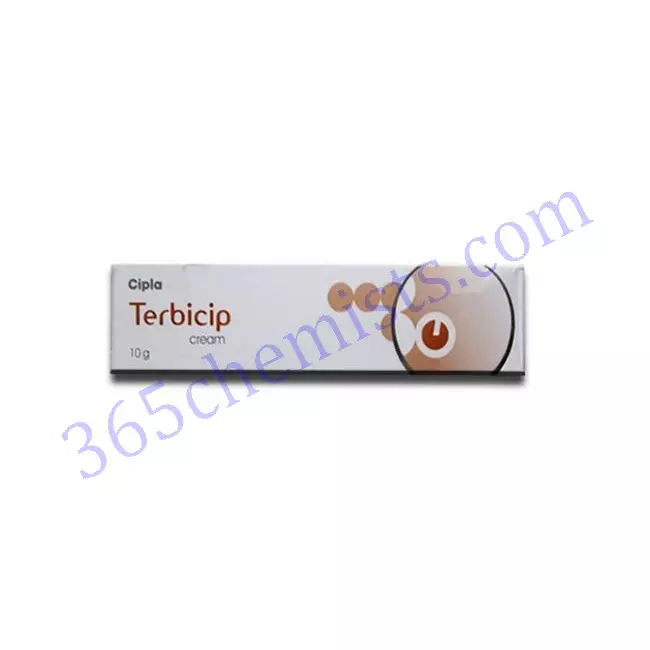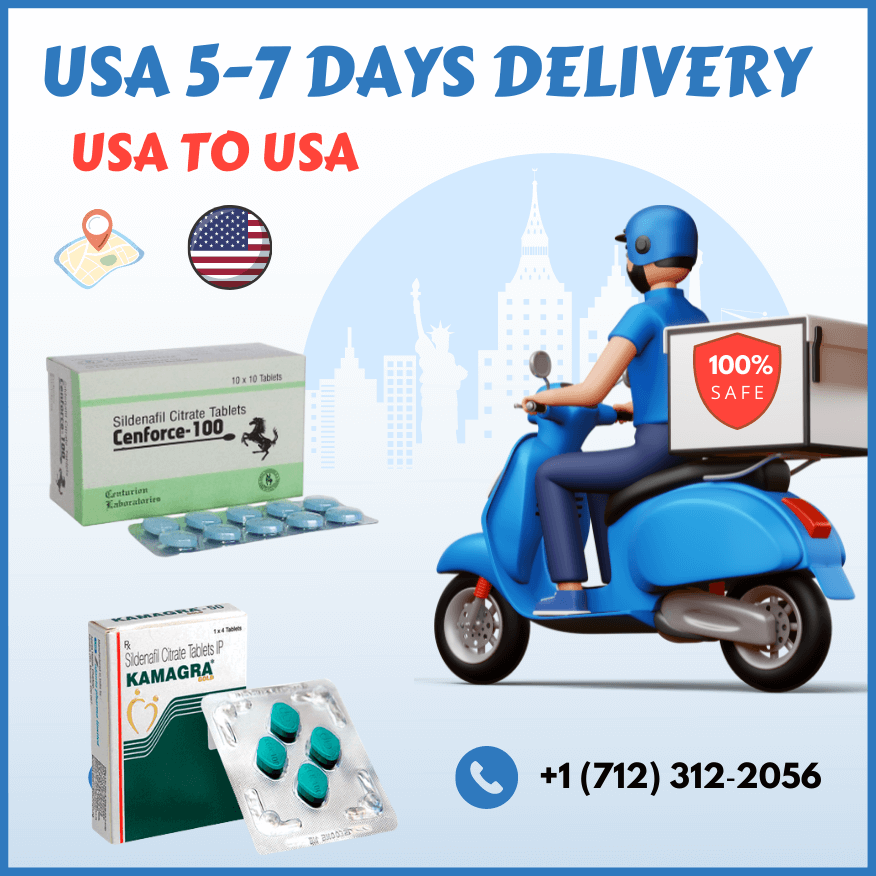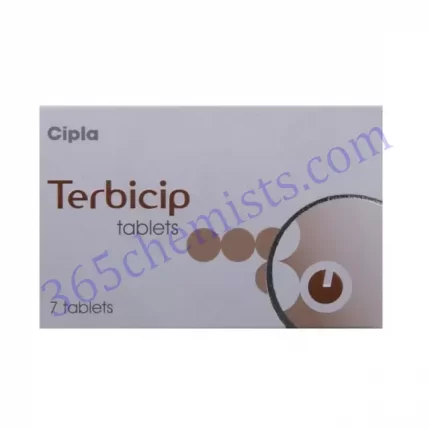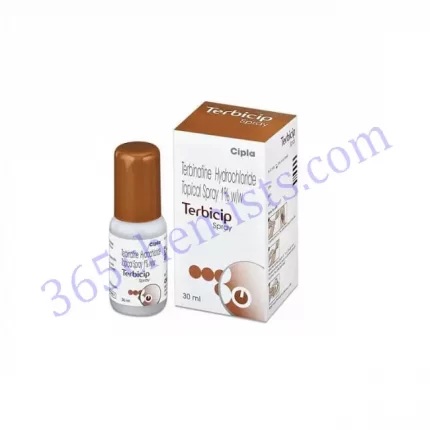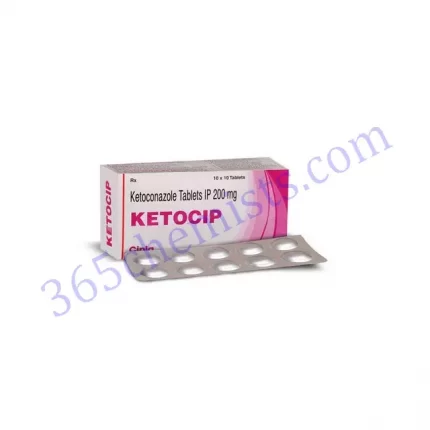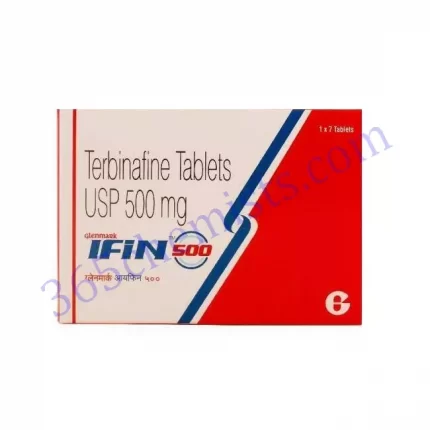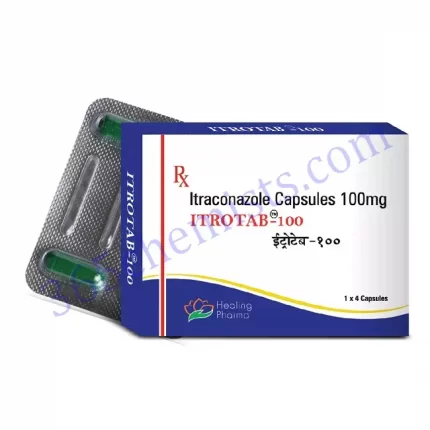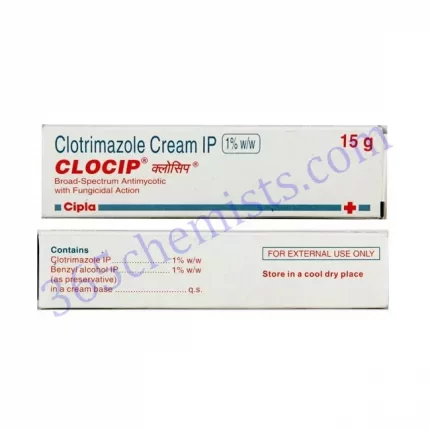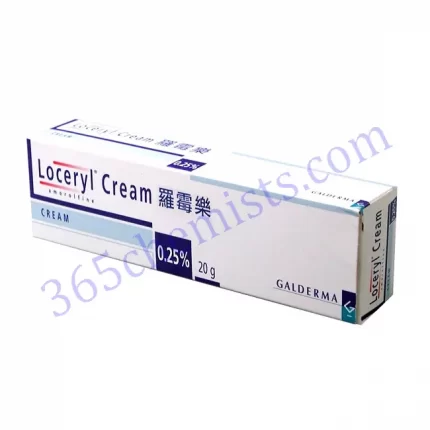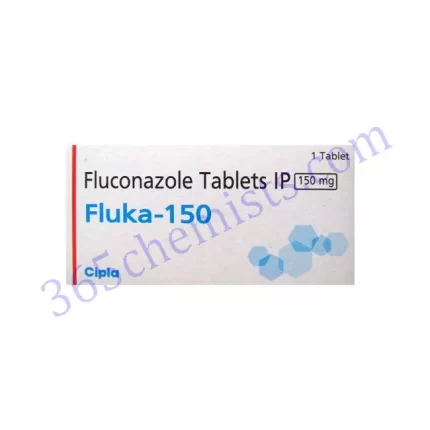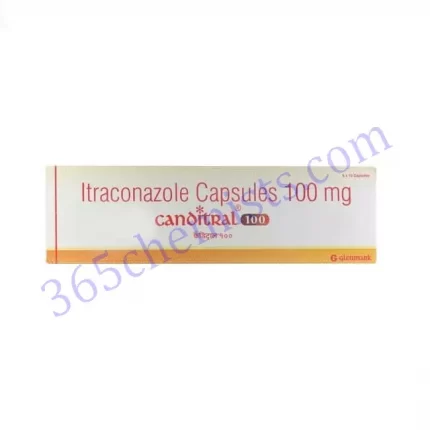Terbicip 1% Cream: Effective Topical Treatment for Fungal Infections
Infections caused by fungi can be painful and can affect a variety of tissues and organs in the body, including the skin, the nails, and the mucous membranes. In order to effectively treat these infections and speed up the healing process, medical professionals will frequently advise their patients to use topical antifungal medications. Individuals who are looking for a topical treatment for fungal infections can find a dependable option in the form of Terbicip 1% Cream, which contains the active ingredient terbinafine. This article provides a comprehensive description of Terbicip 1% Cream, highlighting its features, benefits, and proper usage, with the goal of assisting individuals in better understanding the potential of the product to effectively treat fungal infections.
Understanding Fungal Infections
Infections caused by fungi can range from those that are relatively superficial, such as athlete’s foot and ringworm, to those that are more complicated and can affect deeper layers of the skin or the nails. Infections of this kind are brought on by a wide variety of fungi and can lead to symptoms such as itching, redness, inflammation, and the development of rashes or lesions.
Features of Terbicip 1% Cream
- Terbinafine is the active ingredient in Terbicip 1% Cream, which is why this product is named “Terbicip.” Terbinafine is an antifungal medication that works by preventing the growth and spread of fungi. As a result, the infection is effectively eradicated, and the body is able to begin the healing process.
- Application Topically Terbicip 1% Cream was developed for use topically, or on the skin, so that it could come into direct contact with the affected area. This targeted treatment and high level of efficacy can be ensured by using a more localised approach.
- Terbicip 1% Cream’s Antifungal Activity Terbicip 1% Cream’s antifungal activity is highly effective against a wide variety of fungi that are responsible for a variety of infections. It works to get rid of the fungi and stops their growth, making it an effective treatment for the infection and reducing the symptoms of it.
- Formulation that is kind to the skin Terbicip 1% Cream has a formulation that is designed to be kind to the skin, which makes it appropriate for a wide variety of skin types. Because it absorbs quickly, is not greasy, and does not leave a residue behind, it makes the application process more comfortable.
Related Product
Terbicip 250mg Tablet
Terbicip 1% Cream
Terbicip Spray
Proper Usage and Precautions
It is essential to use Terbicip 1% Cream in the manner prescribed by your doctor in order to achieve the best possible results and avoid any adverse effects. The following are the steps that need to be followed for correct usage:
- Before applying Terbicip 1% Cream, thoroughly clean and dry the affected area. You can do this by using a gentle soap and water to clean the affected area. To ensure that the area is totally dry, pat it dry in a thorough manner.
- Apply a Very Thin Coat: On the area that is being affected, take a very small amount of the Terbicip 1% Cream and carefully apply it. Spread it out so that it covers the whole area evenly.
- Rub in Gently: Using your fingertips, massage the cream into your skin in a gentle and circular motion. When dealing with skin that is sensitive or inflamed, it is important to avoid excessive rubbing or pressure.
- Application Frequency Be sure to carefully adhere to any instructions regarding the product’s application frequency that have been given to you by your healthcare professional or that are printed on the product’s packaging. In most cases, the 1% Terbicip Cream should be applied once or twice daily, or in accordance with the instructions provided by your healthcare professional.
Precautions and Potential Side Effects
Although Terbicip 1% Cream is generally well tolerated, it is essential to be aware of certain safety precautions and possible adverse effects before beginning treatment. At the site of application, some people may develop a light irritation of the skin, which may manifest as redness or itching. Stop using Terbicip 1% Cream immediately and make an appointment to see a medical professional if you experience any symptoms that are severe or unusual.
Conclusion
An effective topical treatment option for fungal infections is available in the form of Terbicip 1% Cream. This cream contains terbinafine as its active ingredient. People who are looking for an effective treatment for fungal infections will find that this product is an excellent option because of its skin-friendly formulation and localised antifungal action. Individuals are able to effectively manage fungal infections, promote healing, and restore the health of their skin if they follow the appropriate usage instructions and take the necessary precautions. However, it is always a good idea to speak with a healthcare professional to receive individualised guidance and suggestions that are tailored to your particular condition in order to make the most informed decision possible.

